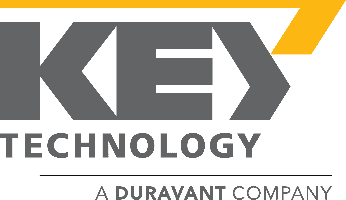Exploring the Latest Innovations in Meat Equipment Technology for Enhanced Food Safety and Quality
In the rapidly evolving landscape of food production, the advancement of Meat Equipment technology plays a crucial role in enhancing both food safety and quality. As consumers become increasingly aware of the implications of food safety, manufacturers are seeking innovative solutions to meet these demands. This exploration focuses on the latest innovations within the meat processing equipment sector, highlighting how cutting-edge technologies can streamline operations, reduce contamination risks, and ensure that the integrity of meat products is upheld throughout the supply chain. From smart sensors that monitor temperature and humidity levels in real time to automated systems that minimize human handling, these innovations are not just improving efficiency but are also setting new standards in hygiene and quality control. As we delve deeper into the integration of digital tools and techniques, this article will provide valuable tips for industry players to leverage such advancements for a safer and higher-quality meat production process.

Emerging Technologies in Meat Processing Equipment for Better Safety Standards
Emerging technologies are revolutionizing the food processing industry, particularly in meat safety standards. Innovations such as high-pressure processing and advanced manufacturing techniques are enhancing food safety by reducing microbial contamination while preserving the quality and freshness of meat products. The integration of these technologies into meat processing not only ensures higher safety standards but also meets the increasing demand for non-thermal food processing methods.
Tips for improving meat safety include investing in state-of-the-art equipment and adopting new technologies that monitor hygiene. Regular maintenance of machinery and the environment, as well as employee training in sanitation practices, can significantly minimize risks. Attending industry trade shows, such as PACK EXPO Las Vegas, allows businesses to explore the latest advancements in hygiene and sanitation technologies.
Additionally, leveraging data analytics and automation in meat processing can streamline operations and enhance quality control measures. By understanding and implementing these emerging technologies, meat processors can provide safer products for consumers while responding to the demands of the evolving marketplace.
Impact of Digital Monitoring Systems on Meat Quality Assurance
The demand for high-quality meat products has driven significant advancements in meat equipment technology, particularly through the integration of digital monitoring systems. These systems play a crucial role in ensuring meat quality assurance by closely tracking conditions such as temperature, humidity, and processing times. According to a report by the Food and Agriculture Organization (FAO), improper temperature control can lead to a 25% increase in spoilage rates, highlighting the need for efficient monitoring solutions.
Digital monitoring technologies provide real-time data, enabling meat processors to identify potential issues before they lead to quality degradation. For instance, implementing IoT-based sensors has been shown to reduce waste by up to 30% while enhancing compliance with food safety standards. Furthermore, these systems allow for seamless integration with existing equipment, making it easier for producers to maintain high safety standards and product quality.
**Tips:** To maximize the benefits of digital monitoring, meat producers should invest in training their staff on the analytics provided by these systems. Regular maintenance of monitoring equipment is also essential to ensure accurate readings and prevent lapses in quality control. Finally, establishing a proactive feedback loop can help refine monitoring processes, ultimately leading to improved product safety and customer satisfaction.

Innovative Sanitization Techniques in Meat Production Facilities
In the realm of meat production, innovative sanitization techniques are crucial for ensuring food safety and quality. Recent advancements in hygiene protocols focus on the implementation of cutting-edge technologies that effectively combat harmful pathogens. For instance, pulsed light technology has shown promising results in eliminating multiple dangerous bacteria, marking a significant step forward in food sanitization methods. This technique leverages light-based solutions to disinfect surfaces and products, thereby enhancing the safety standards within meat processing facilities.
Additionally, the introduction of mobile sanitization solutions allows for greater flexibility and efficiency in maintaining hygiene. Such equipment provides on-the-spot sanitization, ensuring that meat processing environments remain uncontaminated throughout production cycles. Industry specialists emphasize the importance of comprehensive sanitation strategies, incorporating elements such as strict employee hygiene practices and systematic handwashing protocols. These innovations not only address immediate food safety concerns but also play a pivotal role in the long-term sustainability of meat production operations. As technologies continue to evolve, the beefing up of sanitization techniques will be essential for protecting public health and maintaining trust in the meat supply chain.
Innovative Sanitization Techniques in Meat Production Facilities
Exploring Automation in Meat Packing for Enhanced Quality Control
The meat packing industry is witnessing a significant transformation with the integration of automation technologies that enhance quality control and food safety. Automated systems such as robotic arms and conveyor belts streamline the processing of meat products, reducing human contact and mitigating the risk of contamination. These innovations allow for precise cuts, reducing waste and ensuring consistently high-quality meat products that conform to safety standards.
In addition to improving efficiency, automation in meat packing brings remarkable advancements in traceability and monitoring. Smart sensors and data analytics are now employed to continuously track the conditions under which meat is processed, from temperature regulation to hygiene standards. This real-time data collection enables immediate corrective actions when deviations occur, thus maintaining product safety and quality throughout the supply chain. As the industry embraces these technological strides, the focus remains on delivering meat products that are not only safe for consumption but also meet the growing consumer demand for quality and transparency.
Exploring the Latest Innovations in Meat Equipment Technology for Enhanced Food Safety and Quality
| Technology | Purpose | Impact on Food Safety | Impact on Quality Control | Automation Level |
|---|---|---|---|---|
| Smart Grinders | Enhance grinding efficiency | Improves consistency and safety of meat particles | Ensures uniform texture | High |
| Automated Meat Slicers | Precision slicing | Reduces the risk of contamination | Improves visual appeal of products | Medium |
| Temperature Monitoring Systems | Real-time temperature control | Prevents growth of pathogens | Ensures optimal meat freshness | High |
| Vacuum Packaging Technology | Preservation of meat quality | Minimizes spoilage and contamination | Enhances product longevity | Medium |
| AI Quality Inspection Systems | Automated quality checks | Identifies quality issues effectively | Streamlines quality assurance processes | High |
Integrating IoT Solutions for Real-Time Meat Quality Tracking
The integration of IoT (Internet of Things) solutions in meat equipment technology is revolutionizing the way we monitor and maintain food safety standards. These innovative systems allow for real-time tracking of meat quality throughout the supply chain. By utilizing smart sensors and connected devices, producers can gather data on temperature, humidity, and other critical factors that influence meat freshness and safety. This not only enhances quality control but also fosters consumer trust in the products they purchase.
**Tips:** To maximize the benefits of IoT in meat production, manufacturers should invest in robust data management systems that analyze real-time data effectively. Regular calibration of sensors is essential to ensure accurate readings, and staff training on the technology will help in making informed decisions swiftly.
Moreover, the application of predictive analytics in IoT technology allows for the proactive identification of potential issues before they escalate. By forecasting spoilage risks or contamination events, meat processors can implement timely interventions, ultimately reducing waste and improving overall efficiency.
**Tips:** Adopting a modular IoT system can provide scalability to meat producers as their operations grow. Collaborating with technology providers can also facilitate seamless integration of new solutions with existing processes.
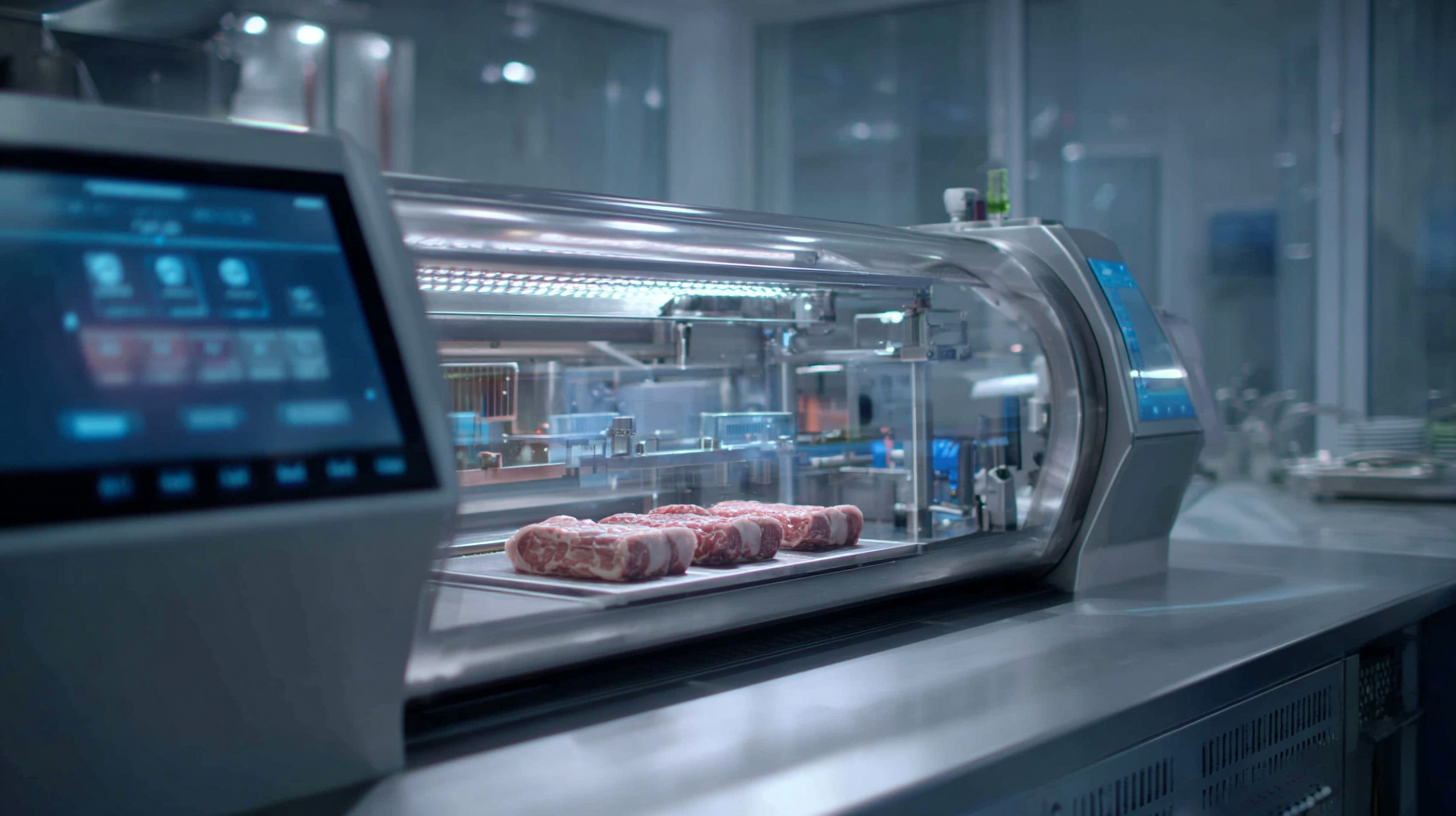
Related Posts
-
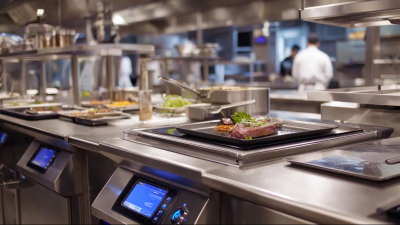
Revolutionizing the Kitchen: Essential Meat Equipment for Modern Chefs
-
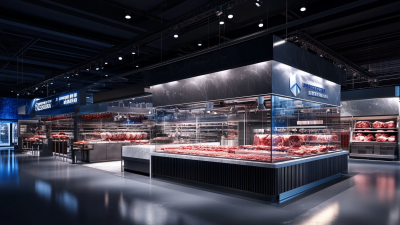
Maximize Your Meat Butcher Equipment Sales at the Record Breaking 137th Canton Fair 2025
-
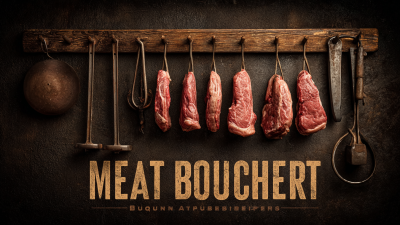
How to Choose the Best Meat Butcher Equipment for Your Business Needs
-
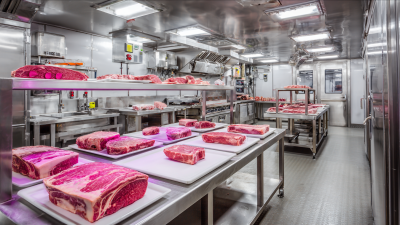
7 Secrets to Choosing the Best Meat Equipment for Your Business
-
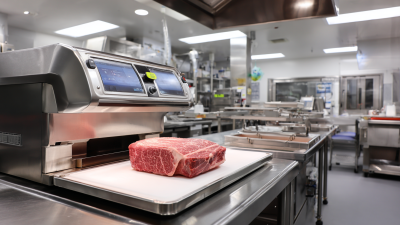
Innovative Examples of Meat Food Processing Equipment for Modern Kitchens
-
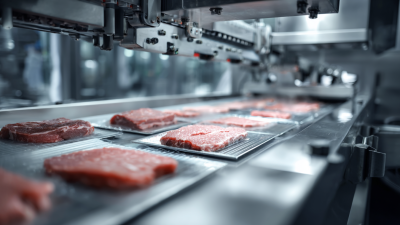
What is the Role of Meat Equipment in Modern Food Processing



